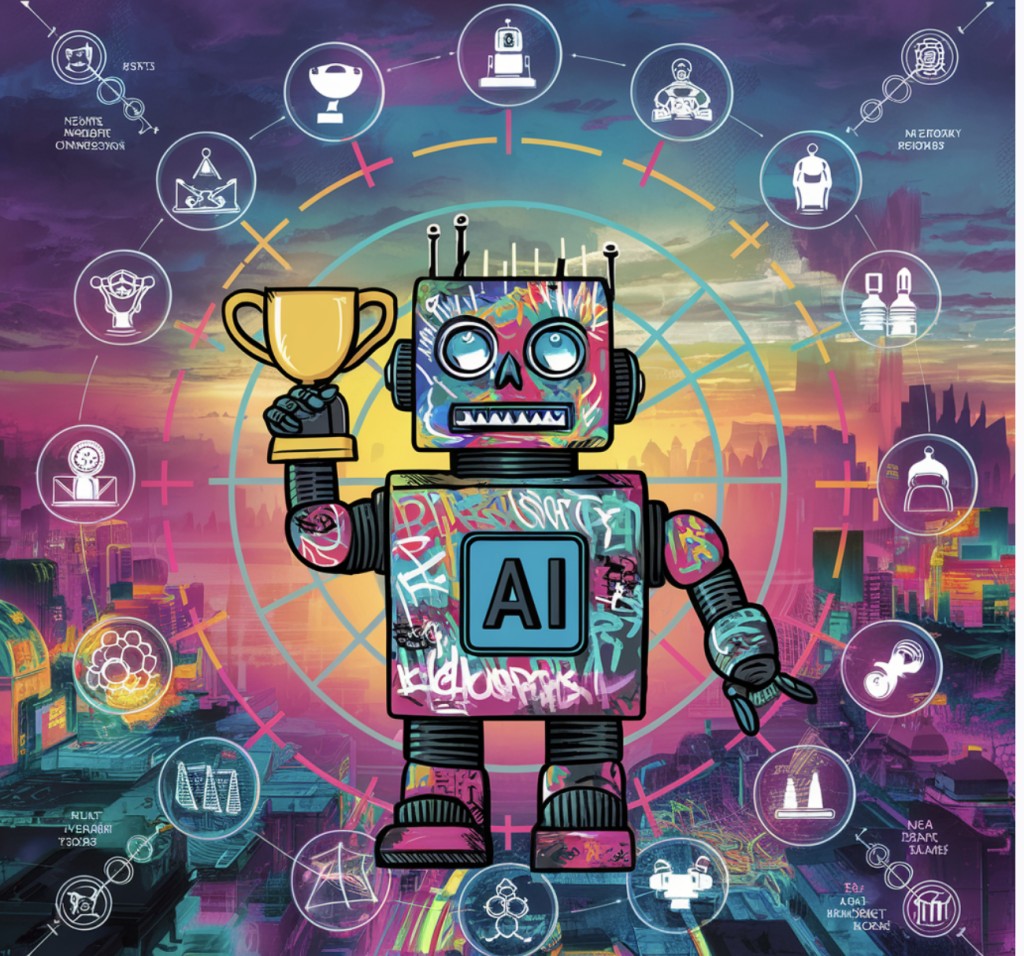Reinforcement Learning (RL) is expanding its footprint, finding innovative uses across various industries far beyond its origins in gaming. Let’s explore how RL drives significant advancements in finance, healthcare, robotics, autonomous vehicles, and smart infrastructure.
Finance
In finance, RL algorithms are revolutionizing investment strategies and risk management. They make sequential decisions by observing market states, selecting actions, and adjusting strategies based on rewards. Despite their potential, RL models in finance grapple with the uncertainties of financial markets and ethical concerns regarding automated trading systems.
Key Features in Finance:
Portfolio Management: Automating the distribution of assets to maximize returns based on predicted market conditions.
Algorithmic Trading: Executing high-speed trades based on learned strategies from vast market data.
Risk Assessment: Evaluating potential financial risks in real-time to make informed decisions.
Healthcare
Healthcare has seen promising RL applications, particularly in personalized medicine and patient management. RL models process complex data to optimize treatment plans, predict patient trajectories, and manage resources efficiently, promising to transform patient care with data-driven precision.
Key Features in Healthcare:
Personalized Treatment Plans: Tailoring medical treatments based on individual patient data to improve outcomes.
Robotic Surgery: Enhancing surgical robots’ precision and adaptability in complex procedures.
Medical Diagnostics: Improving diagnostic accuracy through continuous learning from diverse patient data.
Robotics
Robotics leverages RL to develop sophisticated autonomous machines capable of assembly, navigation, and complex manipulation tasks. This includes advanced techniques like model-based RL, imitation learning, and hierarchical RL, which enhance robots’ adaptability and efficiency in dynamic environments.
Key Features in Robotics:
Automated Warehousing: Optimizing warehouse logistics through intelligent robotic systems that adapt to changing inventory and demand.
Service Robots: Improving interaction and service delivery in retail and hospitality through robots trained to understand and respond to human activities.
Advanced Manufacturing: Enabling robots to handle intricate assembly tasks with high precision and minimal human intervention.
Autonomous Vehicles
RL is crucial in the evolution of autonomous vehicles. It empowers self-driving cars with capabilities for dynamic navigation, decision-making, and operational control under varying conditions, enhancing road safety and efficiency.
Key Features in Autonomous Vehicles:
Dynamic Navigation Systems: Enabling AVs to navigate complex urban and highway scenarios adaptively.
Real-time Decision Making: Optimizing routes and driving decisions based on traffic conditions, weather, and onboard sensor data.
Safety Enhancements: Continuously learning and updating safety protocols to handle unexpected road situations.
Smart Cities
In urban planning, RL is used to optimize traffic management systems. Algorithms control traffic signals, reducing congestion based on real-time data regarding traffic flow, peak times, and other urban dynamics, demonstrating a significant impact on city mobility.
Key Features in Smart Cities:
Traffic Signal Control: Adapting traffic lights in real-time to reduce congestion and improve flow during varying traffic volumes.
Energy Management: Optimizing energy distribution and consumption in urban areas to enhance efficiency and reduce waste.
Public Safety Monitoring: Utilizing RL in surveillance systems to enhance public safety through dynamic response strategies.
Customer Interaction
RL has transformed customer service through more responsive, intelligent chatbots and virtual assistants. These systems learn from interactions to improve their understanding and response to customer queries, enhancing the user experience.
Reinforcement Learning: Use Cases and Examples
Challenges and Possible Future Developments
While RL’s potential is vast, it faces challenges like data dependency, complexity in training, and the need for robust models that can generalize across different environments. Future developments aim to refine these algorithms for better adaptability and reduced reliance on large datasets, enhancing their practicality in real-world applications.
Conclusion
Reinforcement learning is a key driver of innovation across numerous fields, extending well beyond its gaming origins. Its ability to learn and optimize complex decision-making processes makes it invaluable in tackling varied industrial challenges. As RL technology continues to evolve, its integration into more sectors is anticipated, promising further transformative impacts on global industries.
References
https://www.deepchecks.com/reinforcement-learning-applications-from-gaming-to-real-world/
https://www.imf.org/Deep-Reinforcement-Learning-Emerging-Trends-in-Macroeconomics
https://builtin.com/what-is-reinforcement-learning-definition-uses
https://www.mdpi.com/Sensors-Deep-Reinforcement-Learning-Algorithms-for-Robotic-Manipulation
The post Emerging Trends in Reinforcement Learning: Applications Beyond Gaming appeared first on MarkTechPost.
Source: Read MoreÂ



